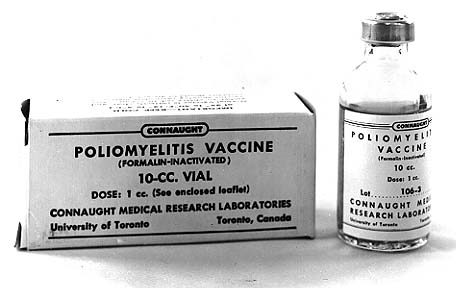Study: Coronavirus social distancing measures will trigger a flu surge next winter
11/13/2020 / By Franz Walker

Social distancing and other measures meant to slow the spread of the Wuhan coronavirus (COVID-19) this year could result in a surge of flu cases next year. This is according to a new study by researchers from Princeton University.
According to the researchers, social distancing and other so-called non-pharmaceutical interventions (NPIs) have helped slow down COVID-19, as well as reduced infection rates for other diseases. This bonus, however, will have a knock-on effect in the coming years, they warn, as NPIs have now increased the pool of susceptible people.
In addition, the number of individuals at risk for these diseases is expected to further increase, as NPIs are expected to remain in place for several months due to the ongoing COVID-19 pandemic.
Cases of flu and RSV are down from previous years
The Princeton researchers compared this year’s data for diseases such as seasonal flu and respiratory syncytial virus (RSV) with data from previous years. They found that these infectious diseases have affected a fifth fewer people in 2020 than the average number of infected people from previous years.
RSV is a respiratory virus that is passed on from one person to the next. It is extremely common, and most children catch it by the time they reach the age of two. The disease is known to cause severe infection in infants, older adults and people with heart and lung disease.
Since social distancing was implemented, and face masks and travel bans became a part of life in America, a side effect has been a 20 percent drop in the transmission of RSV.
The flu virus, on the other hand, is known to change rapidly due to mutation. Hence, vaccines are only partially effective against it, so a new one needs to be made every year. This year, cases of the flu are also down, thanks to NPIs.
However, the lower instances of these diseases this year means that more people will be vulnerable to them next year, especially after social distancing and mask-wearing orders are lifted. Under normal conditions, people who catch endemic diseases develop antibodies against them, and this helps build herd immunity against the disease. But without people catching these diseases and developing antibodies against them, it’ll be easier for these pathogens to spread.
The researchers said that they expect to see an increase in flu and RSV cases as early as spring 2021. However, they expect the largest surge to occur during winter as respiratory diseases and viruses always thrive in the coldest months.
“We find that substantial outbreaks of RSV may occur in future years, with peak outbreaks likely occurring in the winter of 2021–2022,” the researchers wrote in their report. “Results for influenza broadly echo this picture, but are more uncertain; future outbreaks are likely dependent on the transmissibility and evolutionary dynamics of circulating strains.”
Surge in flu and RSV cases could strain healthcare systems next year
A surge in flu and RSV cases beginning next year could place additional strain on America’s already burdened healthcare system.
The ongoing COVID-19 pandemic has pushed the healthcare systems of many states to the brink, with many running out of intensive care beds after reopening in the summer.
One of the biggest questions faced by both healthcare professionals and government officials is when to start further opening economies and relaxing measures mandating NPIs. Many are banking on the development of COVID-19 vaccines, which has been boosted by the current administration’s “Operation Warpspeed.” (Related: Experts predict coronavirus to remain a problem even if a vaccine works.)
All of these, however, may have left people blind to the possible looming threat of other diseases as efforts and funding are funneled into COVID-19 and away from them. This could also be complicated by research findings suggesting that antibodies against COVID-19 may not last long. If that is truly the case, then COVID-19 will likely turn into yet another seasonal disease healthcare systems would have to deal with on top of the flu and RSV.
Follow Pandemic.news for more on COVID-19 and how it’s affecting healthcare and the treatment of other diseases.
Sources include:
Submit a correction >>
Tagged Under:
coronavirus, covid-19, face mask, immunity, infectious diseases, influenza, non-pharmaceutical interventions, outbreak, pandemic, research, respiratory syncytial virus, rsv, seasonal flu, social distancing, superbugs, viral infections
This article may contain statements that reflect the opinion of the author
RECENT NEWS & ARTICLES
Infections.News is a fact-based public education website published by Infections News Features, LLC.
All content copyright © 2018 by Infections News Features, LLC.
Contact Us with Tips or Corrections
All trademarks, registered trademarks and servicemarks mentioned on this site are the property of their respective owners.





















